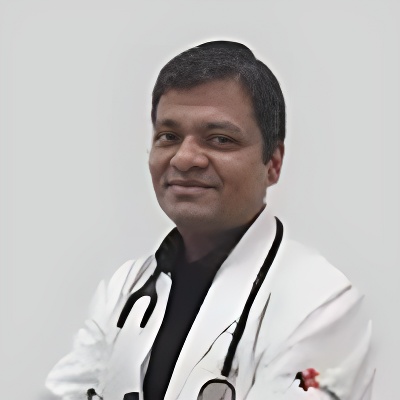Description
Breathe Stronger: COPD" is a crucial initiative aimed at improving the lung function and overall quality of life for people living with COPD. COPD, which includes conditions like chronic bronchitis and emphysema, is characterized by reduced airflow in and out of the lungs. Breathing exercises are a fundamental component of managing COPD, helping to improve lung capacity and respiratory muscle strength. Techniques such as diaphragmatic breathing and pursed-lip breathing can assist individuals in managing shortness of breath and reducing anxiety associated with COPD. Regular physical activity, tailored to one's ability, can enhance respiratory muscles and increase overall endurance. Medications prescribed by healthcare providers, including bronchodilators and inhaled corticosteroids, can help control symptoms and improve lung function. Avoiding tobacco smoke, air pollutants, and irritants is essential to prevent further damage to the lungs. Oxygen therapy may be recommended in advanced stages of COPD to ensure an adequate supply of oxygen to the body.
Summary Listen
- COPD is a preventable and treatable disease characterized by persistent respiratory symptoms and airflow limitation, primarily caused by exposure to noxious particles or gases. Unlike earlier classifications, chronic bronchitis and emphysema are now both categorized under the broader term COPD, but bronchitis can have bronchitic phenotype or EMP phenotype. Diagnosis relies on cardinal symptoms like breathlessness, chronic cough, and history of risk factors, confirmed by spirometry.
- Spirometry, the cornerstone of COPD diagnosis, measures lung function by assessing the volume of air a patient can expel after maximum inhalation. The FEV1/FVC ratio is crucial; a value less than 0.7 indicates obstruction, confirming COPD. FEV1 values also help classify the severity of airflow obstruction using GOLD criteria.
- COPD classification now includes categories like COPD D due to defective lung development, COPD P due to biomass and pollution and COPD AT due to Asma to clarify the different origins of COPD, recognizing the multifaceted etiology of the disease. This classification guides treatment decisions, with exacerbation history being a primary determinant.
- Treatment goals in COPD include symptom reduction and risk reduction. Bronchodilators, either beta-2 agonists or muscarinic antagonists, are the cornerstone of pharmacotherapy. Long-acting formulations are preferred for stable patients, while short-acting versions are favored during exacerbations. Inhaled corticosteroids (ICS) are added based on blood eosinophil counts and exacerbation history.
- Non-pharmacological management is integral. Smoking cessation is paramount, alongside pulmonary rehabilitation. Pulmonary rehabilitation addresses muscle wasting and weakness through nutritional support, exercise, and respiratory training. Vaccination against influenza, COVID-19, and pneumococcal pneumonia is also strongly recommended.
- Supplemental oxygen is indicated when SpO2 falls below 88% or PaO2 is less than 55 mmHg, preventing pulmonary hypertension and right heart failure. COPD exacerbations require careful assessment to rule out other diagnoses like pneumonia or pulmonary embolism. Treatment involves oxygen therapy, bronchodilators, corticosteroids, and antibiotics when bacterial infection is suspected. Non-invasive ventilation (NIV) and mechanical ventilation are employed in severe cases based on specific criteria.
Sample Certificate
About the Speakers

Dr. Rajneesh Kumar Srivastava
Alumni- Sanjay Gandhi Institute of Medical Sciences
Financial Disclosure
Comments
Comments
You must be logged in to leave a comment.